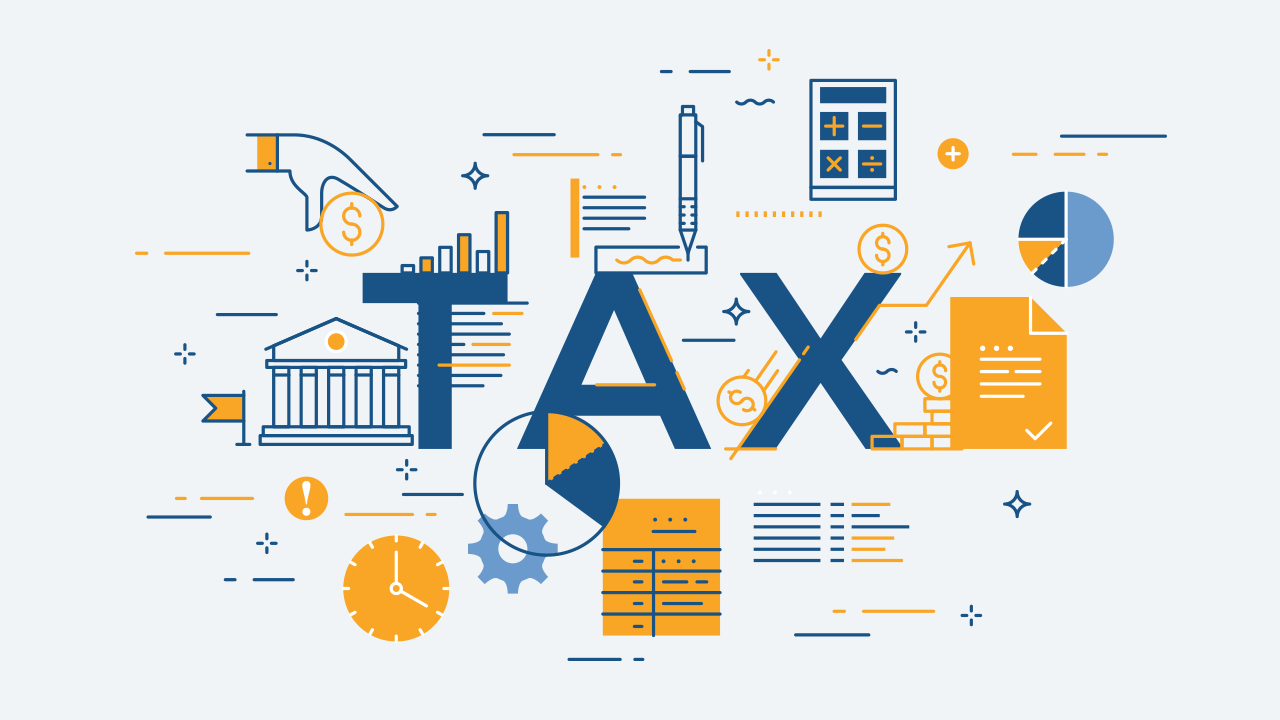
How to Effectively Manage Your Tax-Free Savings Account (TFSA) in Canada
The Tax-Free Savings Account (TFSA) is a powerful financial tool for Canadians, offering tax-free growth on your investments and savings. However, managing your TFSA effectively is crucial to avoid penalties and maximize its benefits. In this blog post, we'll guide you through the best practices for managing your TFSA and ensuring you stay within the contribution limits.
Understanding the TFSA
The TFSA was introduced by the Canadian government in 2009 to encourage savings by allowing Canadians to earn investment income, including interest, dividends, and capital gains, tax-free. Unlike other savings accounts, withdrawals from your TFSA are also tax-free, making it an attractive option for long-term savings goals.
Best Practices for Managing Your TFSA
1. Register for My Account: One of the first steps in managing your TFSA is registering for the
CRA’s My
Account. This online portal allows you to track your TFSA contributions, view your annual limit, and
monitor any potential overcontributions.
2. Track Your Contributions: It’s vital to keep a close eye on your TFSA contributions
throughout the
year. The annual contribution limit for 2024 is $6,500, but it’s important to note that unused
contribution room from previous years can carry forward. Exceeding your limit can result in a 1%
penalty on the excess amount for each month it remains in your account.
3. Sign Up for Electronic Mail Notifications: The CRA offers an electronic mail notification
service that
alerts you if you’ve overcontributed to your TFSA. If you receive such a notification, it’s crucial to
withdraw the excess amount as soon as possible to minimize penalties.
4. Avoid Common TFSA Mistakes:
• Double-Dipping: Re-contributing withdrawn amounts in the same year can lead to
overcontribution if you don’t have enough room.
• Non-Qualified Investments: Ensure your TFSA only holds qualified investments; otherwise,
penalties may
apply.
Conclusion
Proper management of your TFSA can lead to significant tax savings and financial growth over time. By following these best practices, you can maximize the benefits of your TFSA while avoiding costly mistakes. At ADYZER, we specialize in helping our clients optimize their TFSAs and other financial instruments to achieve their long-term goals.
4. The Role of Cloud Accounting in Data Security
Cloud accounting platforms are becoming increasingly popular due to their convenience and scalability.
However, they also introduce new security challenges that must be addressed to ensure that client data
remains protected.
Securing Cloud-Based Data:
• Choose Reputable Providers: When selecting a cloud accounting platform, prioritize providers
with a
strong reputation for security. Look for those that offer robust encryption, regular security audits,
and compliance with industry standards.
• Data Backups: Ensure that your cloud provider regularly backs up your data and stores it
securely.
Regular backups can mitigate the risk of data loss in the event of a cyberattack or system failure.
• User Management: Carefully manage user access to your cloud systems. Implement role-based
access
controls and regularly review permissions to ensure that only authorized personnel can access
sensitive data.
5. Responding to a Data Breach: Steps to Take
Even with the best security measures in place, breaches can still occur. Having a clear response plan
is critical to minimizing damage and restoring trust.
Data Breach Response Plan:
• Immediate Containment: As soon as a breach is detected, act quickly to contain the breach and
prevent further data loss. This may involve disconnecting affected systems, changing passwords, and
alerting relevant stakeholders.
• Assessment: Assess the extent of the breach, identifying which data was compromised and how
the
breach occurred. This information is crucial for understanding the impact and preventing future
incidents.
• Notification: Depending on the nature of the breach, you may be required to notify affected
clients
and regulatory bodies. Be transparent in your communication, providing clients with clear information
on what happened, what data was compromised, and the steps your firm is taking to resolve the issue.
• Recovery and Prevention: Work with cybersecurity experts to recover lost data and strengthen
your
security measures. Conduct a thorough review of your security protocols and make necessary adjustments
to prevent future breaches.
Conclusion: Protecting Your Firm and Clients in a Digital World
Data security is not just a technical issue—it’s a critical aspect of running a successful accounting
firm. By understanding the risks, implementing robust security measures, educating your team, securing
cloud-based data, and having a solid breach response plan, you can protect your firm and your clients
from the ever-present threat of cyberattacks.
In today’s digital world, clients expect their financial data to be protected. By prioritizing data
security, you not only safeguard your firm’s reputation but also build trust with your clients,
positioning your firm as a leader in the industry.









